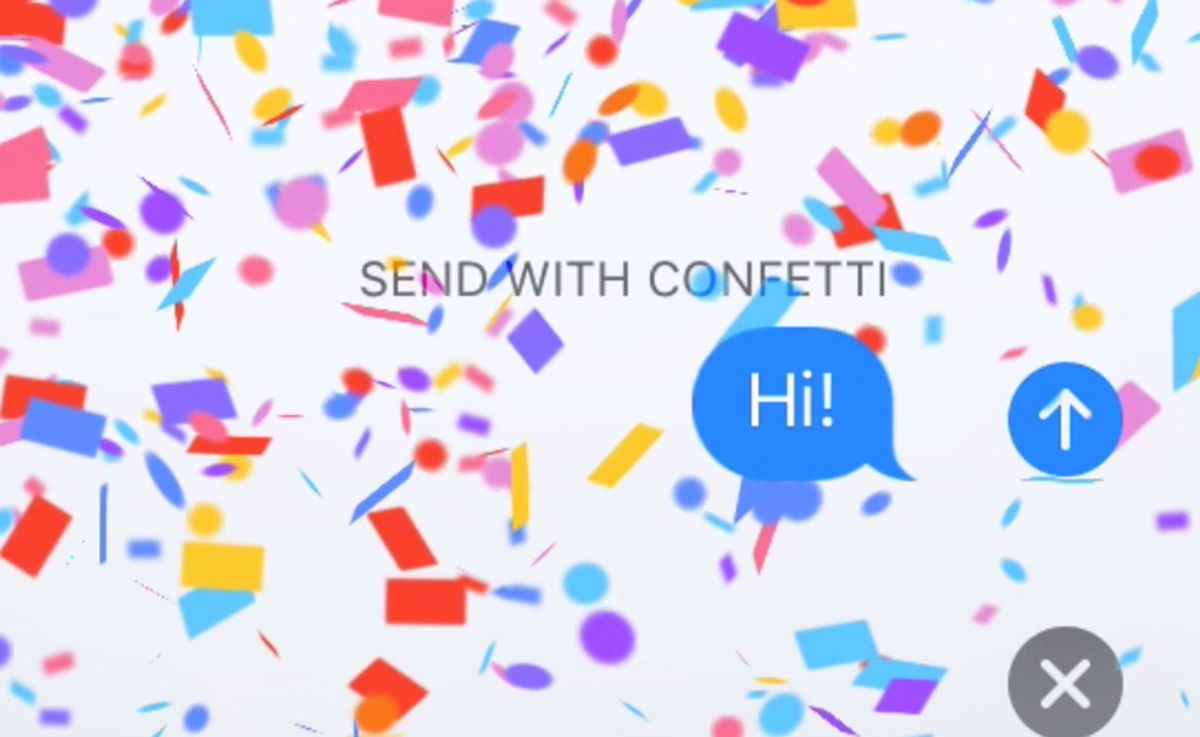A little over 10 years ago, I made a decision that I’ve stuck with to this day: I gave up Android and bought my first Apple phone, an iPhone 3GS. I was fed up with a phone that stumbled, applications that crashed… I have been working on Xataka Android for six months and during this time I had the opportunity to test phones like the Google Pixel 7 Pro or the OnePlus 9 and I discovered something: I was being unfair to an entire operating system. I made a mistake with Android.
The iPhone is the best-selling phone on the planet according to a Counterpoint study. According to another study, this time by Consumer Intelligence Research Partners and focused on the United States, of all people who bought an iPhone last year, 15% came from Android. The reverse path is only chosen by 4%. The main reason they changed their operating system when choosing their phone was that their android phone was giving them problemsan umbrella that includes performance below expectations or, in general, an unsatisfactory user experience.
What was your phone’s operating system before your current iPhone? Annual evolution | CIRP
Don’t compare a $200 phone with one in a thousand
Things may have changed a lot since my migration, but the reality is that I screwed up: I blamed an entire operating system for a bad experience resulting from a disastrous phone choice and I know that I am not the only one in this case: considering that more than half of the Spanish population spends less than 300 dollars when buying a mobile (according to a study by Milanuncios carried out in 2022 taken up by El Correo), perhaps the real problem is that we spend less than we should, or what amounts to the same, that we underestimate our needs.
In other words, we are buying a relatively cheap smartphone, which necessarily implies certain concessions on aspects such as hardware or the camera, and others inherent in the strategies of brands such as their update policy , then we make the jump to Apple and we compare it with a phone that can perfectly triple or quadruple its price. Taking a slightly exaggerated example, few would think to compare the Xiaomi Band experience with Garmin’s most advanced GPS sports watch, the Fenix 7. However, with phones, we do, and what’s worse, consider which Android is to blame.
my latest android phone it was a basic smartphone almost given away by my operator that could have made you happy (in fact, it did following) to my mother-in-law, who used it for calls and WhatsApp. But it wasn’t the best choice for someone who took photos, browsed the web often, was a heavy social media user, and received work emails on their device.
It’s fair to say that the OS bundled was Android 2.3 and a lot has happened since then. Without going any further, the arrival of Android 4.0 Ice Cream Sandwich was still missing, which is, according to the Xataka team, the best version in the history of Android. iOS has done this as well and in my experience, so far choosing between one operating system and another has more to do with budget or workflows only with what one offers and the other.
If you’re on a budget, there are master buys on Android
yes android is to blame host a large number of brands and models capable of satisfying all needs and all pockets, which in practice represents a challenge for the ecosystem itself, such as adapting the software to each terminal. And yes, there are a lot of apps and updates, so it’s a gigantic mission. But it is the consequence of something as good as being able to find plenty of phones under 300 dollars
Yes, you have to know how to choose, be clear about which features are important when you buy a cheap mobile and that there are no miracles: if you want an experience close to that offered by the iPhone, the essential is to spend the same . Invest what you would spend on an iPhone on an Android phone. After trying out the Google Pixel 7 Pro, I’m clear this would be the phone I’d choose in this ecosystem, but luckily Android has a good range of premium options as well.
In iOS, there is no such problem: everything is high-end or upper mid-range. In fact, its cheapest phone is the iPhone SE (2022), which is over $500 in a cheap 64GB version. The fact that the catalog of models is significantly smaller and that it is the same company in charge of hardware and software makes tasks such as updating or adapting applications easier and more agile. Also, beyond components such as cameras, processor, or design with or without Touch ID, all iPhones offer a similar experience.
What happens if your budget is less than 300 dollars? At Apple, you just have to resort to the second-hand market and be very lucky. On Android, however, you can find more than decent candidates, yes, always knowing what you’re buying: Android wasn’t to blame for buying a phone below my needs.
Home | Analysis of Google Pixel 7 Pro by Xataka
In Xataka Android | Nine things we can do on Android that iOS users don’t









